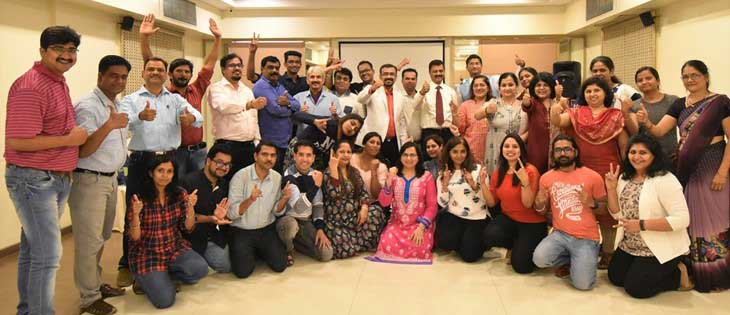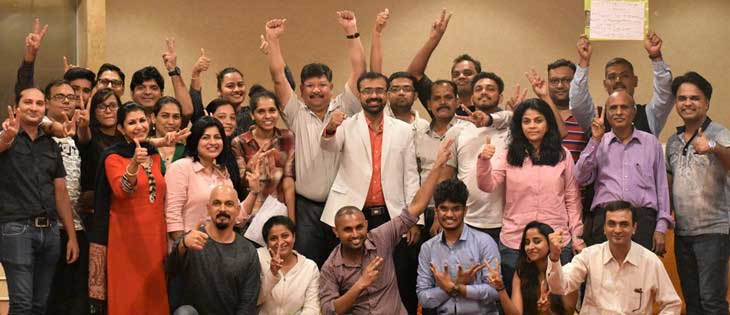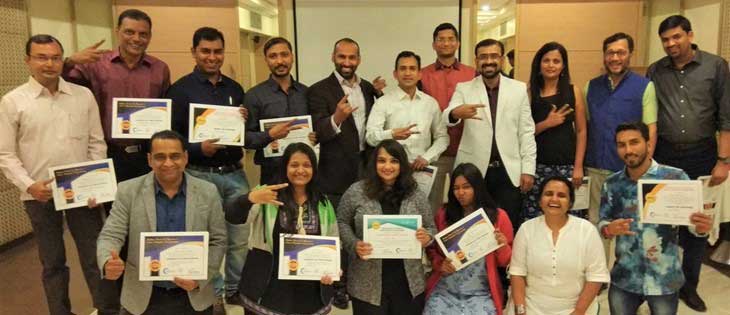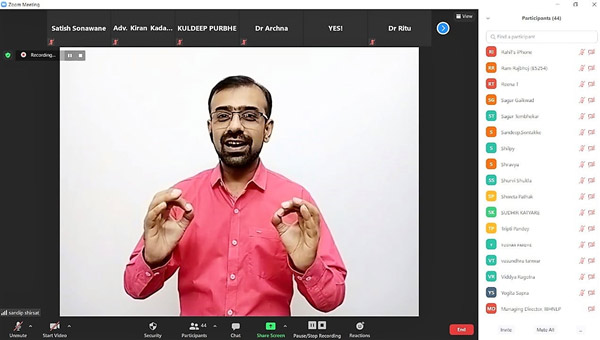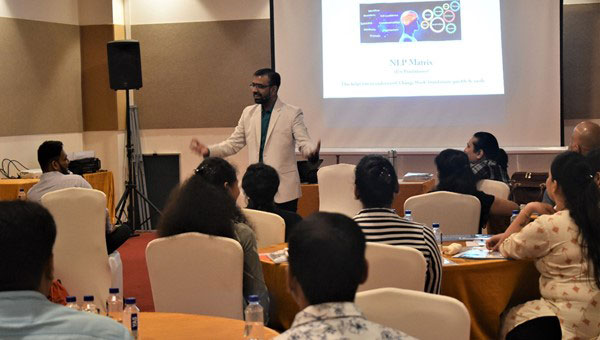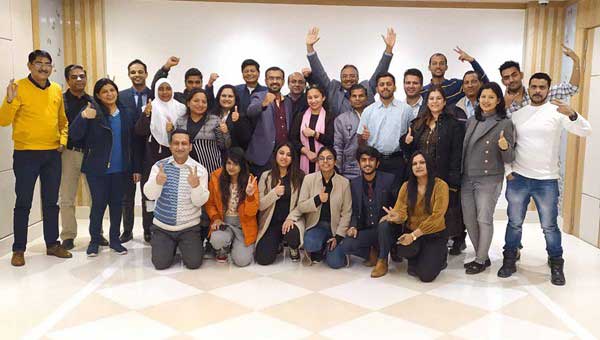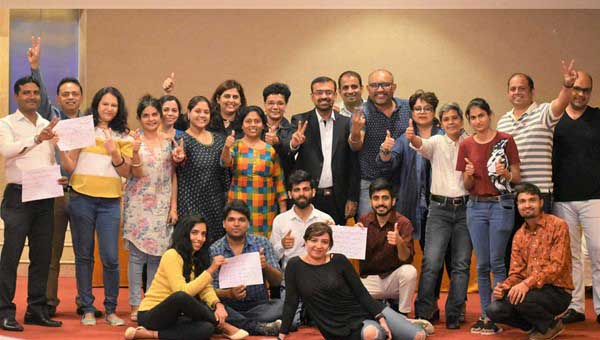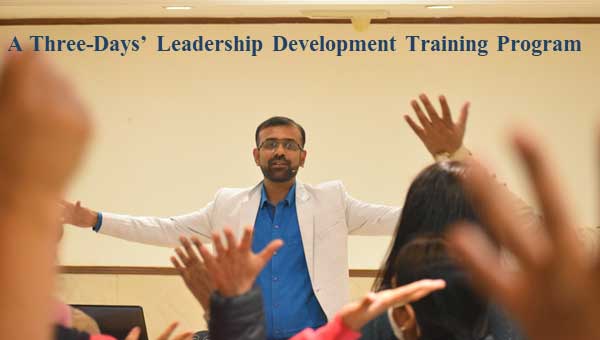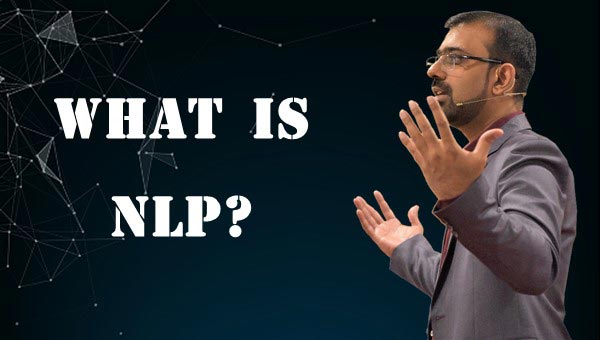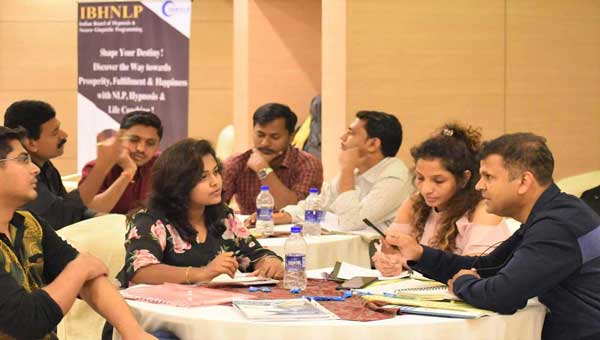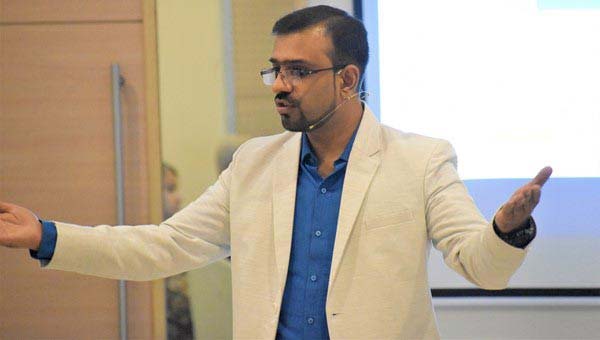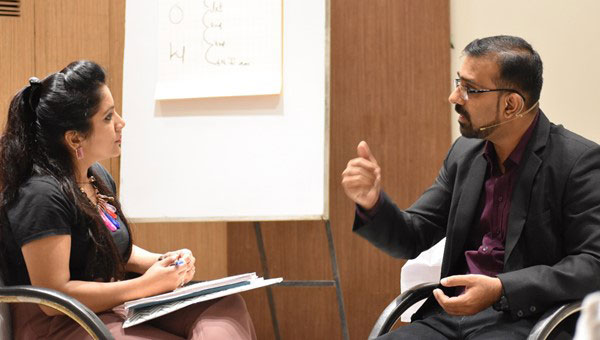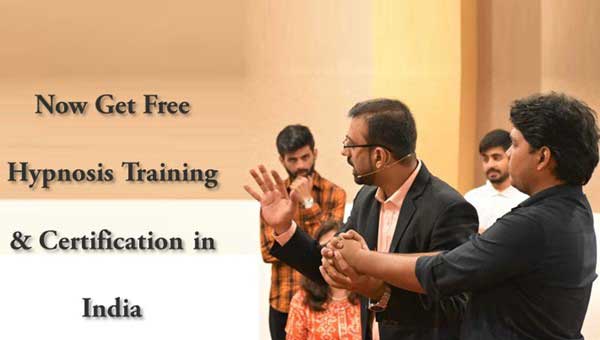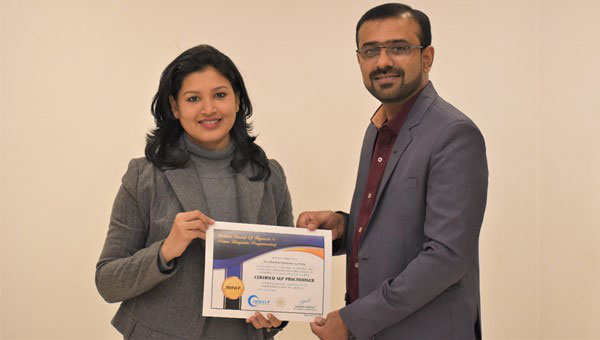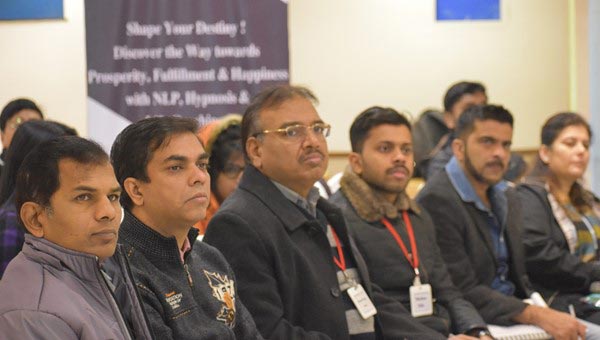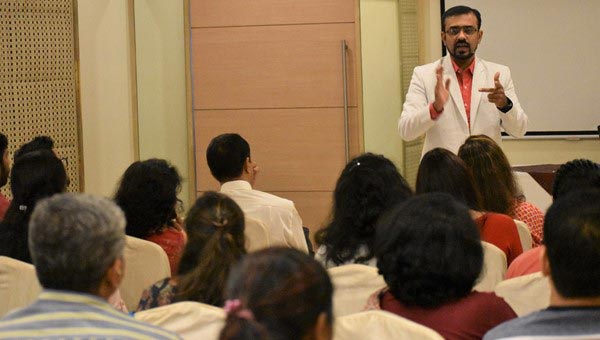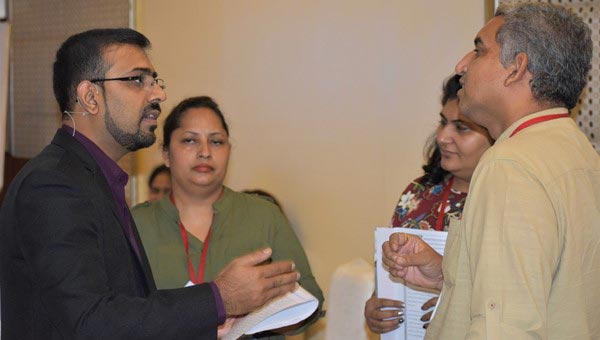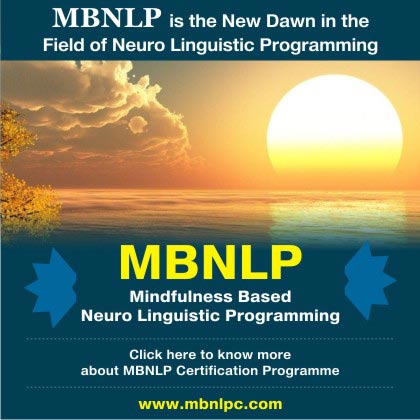Krishnamurti and Mindfulness
From https://mettarefuge.wordpress.com/2011/03/26/krishnamurti-on-how-to-meditate/
Krishnamurti on what meditation is
[J. Krishnamurti had the following dialogue with students at one of his schools in India.]
[Krishnamurti:] Do you know anything about meditation?
Student: No, Sir.
Krishnamurti: But the older people do not know either. They sit in a corner, close their eyes and concentrate, like school boys trying to concentrate on a book. That is not meditation. Meditation is something extraordinary, if you know how to do it. I am going to talk a little about it.
First of all, sit very quietly; do not force yourself to sit quietly, but sit or lie down quietly without force of any kind. Do you understand? Then watch your thinking. Watch what you are thinking about. You find you are thinking about your shoes, your saris, what you are going to say, the bird outside to which you listen; follow such thoughts and enquire why each thought arises.
Do not try to change your thinking. See why certain thoughts arise in your mind so that you begin to understand the meaning of every thought and feeling without any enforcement. And when a thought arises, do not condemn it, do not say it is right, it is wrong, it is good, it is bad. Just watch it, so that you begin to have a perception, a consciousness which is active in seeing every kind of thought, every kind of feeling. You will know every hidden secret thought, every hidden motive, every feeling, without distortion, without saying it is right, wrong, good or bad. When you look, when you go into thought very very deeply, your mind becomes extraordinarily subtle, alive. No part of the mind is asleep. The mind is completely awake.
That is merely the foundation. Then your mind is very quiet. Your whole being becomes very still. Then go through that stillness, deeper, further – that whole process is meditation. Meditation is not to sit in a corner repeating a lot of words; or to think of a picture and go into some wild, ecstatic imaginings.
To understand the whole process of your thinking and feeling is to be free from all thought, to be free from all feeling so that your mind, your whole being becomes very quite. And that is also part of life and with that quietness, you can look at the tree, you can look at people, you can look at the sky and the stars. That is the beauty of life.
J. D. Krishnamurti
On Education, first published 1974, Krishnamurti Foundation Trust Ltd., London, , p. 58
Krishnamurti on the movement of meditation
So we are asking now: what is the movement of meditation? First of all we must understand the importance of the senses. Most of us react, or act according to the urges, demands and the insistence of our senses. And those senses never act as a whole but only as a part—right?
Please understand this. If you don’t mind enquiring into this a little more for yourself, talking over together, but all our senses never function, move, operate as a whole, holistically. If you observe yourself and watch your senses you will see that one or the other of the senses becomes dominant. One or the other of the senses takes a greater part in observation in our daily living, so there is always imbalance in our senses – right? May we go on from there?
Now is it possible – this is part of meditation, what we are doing now – is it possible for the senses to operate as a whole; to look at the movement of the sea, the bright waters, the eternally restless waters, to watch those waters completely, with all your senses? Or a tree, or a person, or a bird in flight, a sheet of water, the setting sun, or the rising moon, to observe it, look at it with all your senses fully awakened. … if you observe this, if you observe this operation of the whole senses acting you will find there is no centre from which the senses are moving.
Are you trying this as we are talking together? To look at your girl, or your husband, or your wife or the tree, or the house, with all the highly active sensitive senses. Then in that there is no limitation. You try it. You do it and you will find out for yourself. That is the first thing to understand: the place of the senses. Because most of us operate on partial or particular senses. We never move or live with all our senses fully awakened, flowering. Because as most of us live, operate and think partially, so one of our enquiries into this is for the senses to function fully and realize the importance and the illusion that senses create – are you following all this? And to give the senses their right place, which means not suppressing them, not controlling them, not running away from them but to give the proper place to the senses.
This is important because in meditation, if you want to go into it very deeply, unless one is aware of the senses, they create different forms of neurosis, different forms of illusions, they dominate our emotions and so on and so on. So that is the first thing to realize: if when the senses are fully awakened, flowering then the body becomes extraordinarily quiet. Have you noticed all this? Or am I talking to myself? Because most of us force our bodies to sit still, not fidget, not to move about and so on – you know. Whereas if all the senses are functioning healthily and normally, vitally then the body relaxes and becomes very, very quiet, if you do it. Do it as we are talking.
J. D. Krishnamurti
4th Public Talk, Brockwood Park, 1978
Meditation is not control of the body
Meditation is never the control of the body. There is no actual division between the organism and the mind. The brain, the nervous system and the thing we call the mind are one, indivisible. It is the natural act of meditation that brings about the harmonious movement of the whole. To divide the body from the mind and to control the body with intellectual decisions is to bring about contradiction, from which arise various forms of struggle, conflict and resistance.
Every decision to control only breeds resistance, even the determination to be aware. Meditation is the understanding of the division brought about by decision. Freedom is not the act of decision but the act of perception. The seeing is the doing. It is not a determination to see and then to act. After all, will is desire with all it’s contradictions. When one desire assumes authority over another, that desire becomes will. In this there is inevitable division. And meditation is the understanding of desire, not the overcoming of one desire by another. Desire is the movement of sensation, which becomes pleasure and fear. This is sustained by the constant dwelling of thought upon one or the other.
Meditation really is a complete emptying of the mind. Then there is only functioning of the body; there is only the activity of the organism and nothing else; then thought functions without identification as the me and the non-me. Thought is mechanical, as is the organism. What creates conflict is thought identifying itself with one of its parts which becomes the me, the self and the various divisions in that self. There is no need for the self at any time. There is nothing but the body, and freedom of the mind can only happen when thought is not breeding the me. There is no self to understand but only the thought which creates the self.
When there is only the organism without the self , perception, both visual and non-visual can never be distorted. There is only seeing ‘what is’ and that very perception goes beyond what is. The emptying of the mind is not an activity of thought or an intellectual process. The continuous seeing of what is without any kind of distortion naturally empties the mind of all thought and yet that very mind can use thought when it is necessary. Thought is mechanical and meditation is not.
J. D. Krishnamurti
Excerpt taken from ‘The Beginnings of Learning’. Copyright: Krishnamurti Foundation Trust Ltd. London. 1979 Published by Victor Gollancz Ltd.
Meditation is not control of the body
Meditation is never the control of the body. There is no actual division between the organism and the mind. The brain, the nervous system and the thing we call the mind are one, indivisible. It is the natural act of meditation that brings about the harmonious movement of the whole. To divide the body from the mind and to control the body with intellectual decisions is to bring about contradiction, from which arise various forms of struggle, conflict and resistance.
Every decision to control only breeds resistance, even the determination to be aware. Meditation is the understanding of the division brought about by decision. Freedom is not the act of decision but the act of perception. The seeing is the doing. It is not a determination to see and then to act. After all, will is desire with all it’s contradictions. When one desire assumes authority over another, that desire becomes will. In this there is inevitable division. And meditation is the understanding of desire, not the overcoming of one desire by another. Desire is the movement of sensation, which becomes pleasure and fear. This is sustained by the constant dwelling of thought upon one or the other.
Meditation really is a complete emptying of the mind. Then there is only functioning of the body; there is only the activity of the organism and nothing else; then thought functions without identification as the me and the non-me. Thought is mechanical, as is the organism. What creates conflict is thought identifying itself with one of its parts which becomes the me, the self and the various divisions in that self. There is no need for the self at any time. There is nothing but the body, and freedom of the mind can only happen when thought is not breeding the me. There is no self to understand but only the thought which creates the self.
When there is only the organism without the self , perception, both visual and non-visual can never be distorted. There is only seeing ‘what is’ and that very perception goes beyond what is. The emptying of the mind is not an activity of thought or an intellectual process. The continuous seeing of what is without any kind of distortion naturally empties the mind of all thought and yet that very mind can use thought when it is necessary. Thought is mechanical and meditation is not.
J. D. Krishnamurti
Excerpt taken from ‘The Beginnings of Learning’. Copyright: Krishnamurti Foundation Trust Ltd. London. 1979 Published by Victor Gollancz Ltd.
(This article is compiled by Master Trainer Sandip.)
NLP Master Trainer, Sandip Shirsat is a creator of Mindfulness-Based Neuro-Linguistic Programming (MBNLP). Mindfulness-based Neuro-Linguistic Programming is a new dawn in the field of Neuro-Linguistic Programming. Years of research has laid the foundation of MBNLP! This new approach broke down the old perspective towards looking at NLP and provided a solid ground for NLP tools and techniques for human transformation. Mindfulness-based Neuro-Linguistic Programing (MBNLP) is an approach to personal change that uses neuro-linguistic programming (NLP) methods in collaboration with mindfulness meditative practices.



